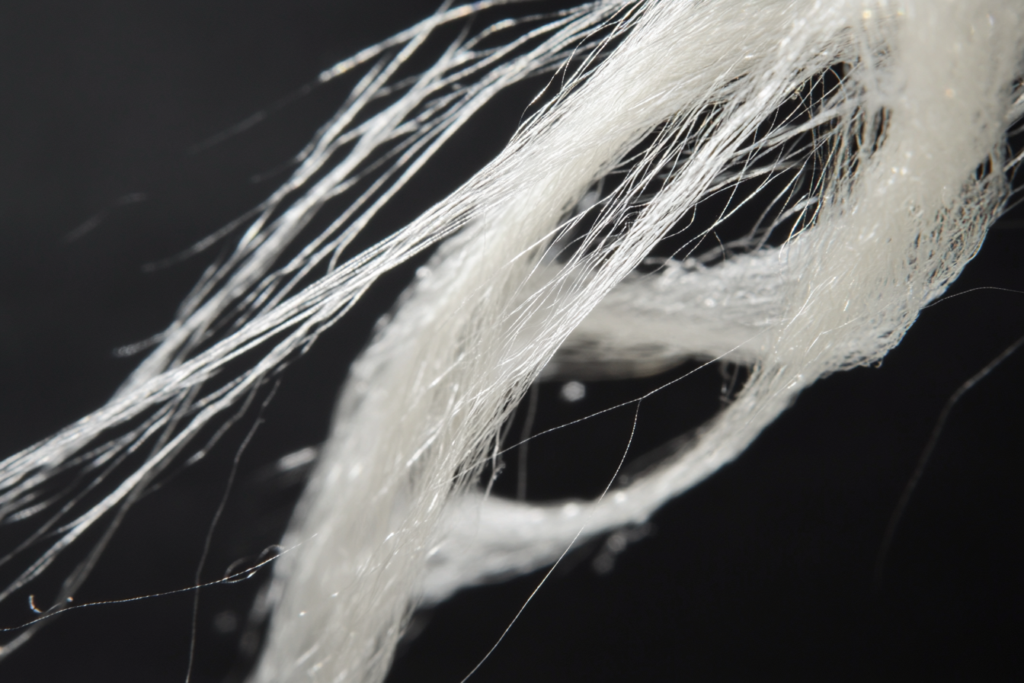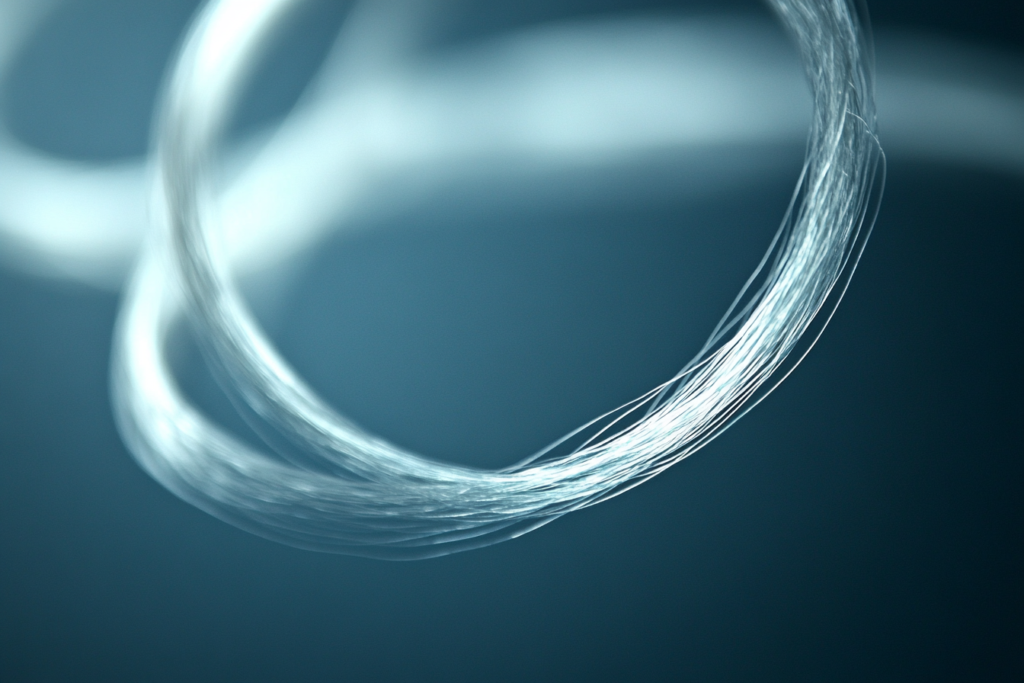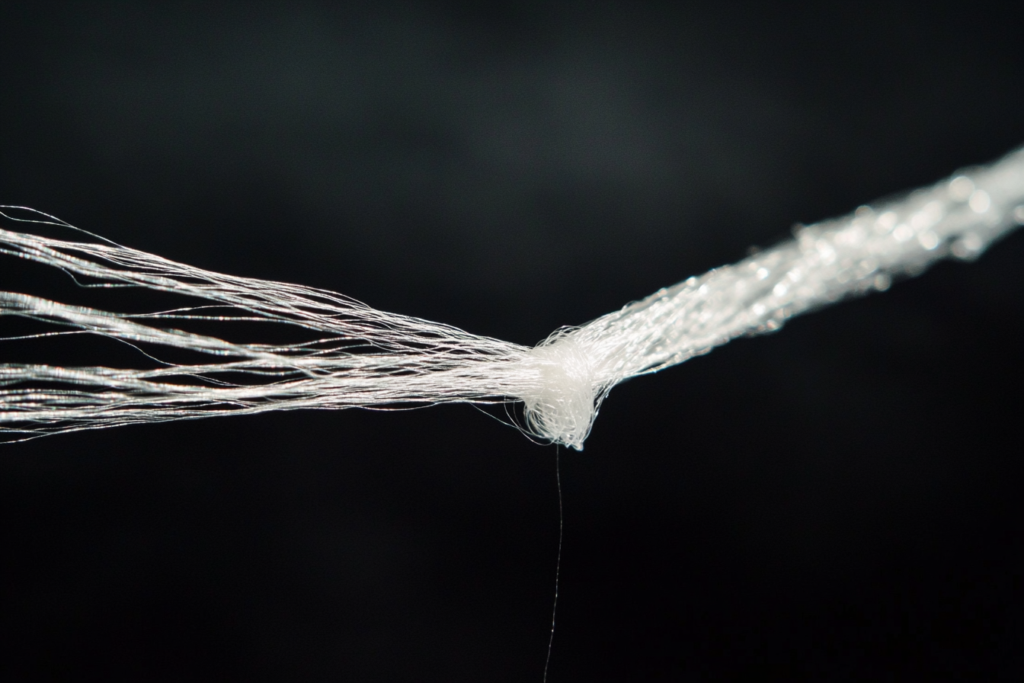Monofilament: A Single-Strand Synthetic Fiber Used in Textiles & More
Meta Description: Monofilament is a single strand of synthetic fiber, commonly used in textiles, wigs, medical sutures, and fishing lines. Learn about its properties and applications.
What is Monofilament?
Monofilament is a single, continuous strand of synthetic fiber, typically made from nylon, polyester, or polypropylene. Unlike multifilament fibers, which are composed of multiple strands twisted together, monofilament fibers are smooth, strong, and uniform in diameter.
This durable fiber is widely used in textiles, medical sutures, wigs, fishing lines, industrial applications, and sports equipment due to its strength, flexibility, and resistance to moisture and chemicals.


Key Features of Monofilament Fiber
✔ Single, Continuous Strand – Unlike multifilament yarns, monofilament consists of one solid fiber.
✔ Strong & Durable – Resistant to abrasion, moisture, and chemicals.
✔ Smooth & Uniform in Diameter – Provides a consistent, sleek texture.
✔ Lightweight & Flexible – Easy to use in various industrial and fashion applications.
✔ Used in Fishing Lines, Medical Sutures & Textiles – A versatile synthetic fiber.
Common Uses of Monofilament Fiber
📌 Fishing Lines & Nets – Provides strength and water resistance.
📌 Medical Sutures & Surgical Threads – Used in dissolvable and non-dissolvable stitches.
📌 Wigs & Hairpieces – Creates a natural hairline appearance in lace wigs.
📌 Textile & Fabric Production – Used in hosiery, lingerie, and sportswear.
📌 Industrial Applications – Found in belts, mesh screens, and filtration systems.
📌 Sports Equipment – Used in tennis racket strings, golf clubs, and fishing gear.
Monofilament vs. Multifilament: Key Differences
| Feature | Monofilament | Multifilament |
|---|---|---|
| Structure | Single continuous strand | Multiple fine strands twisted together |
| Texture | Smooth, rigid | Soft, flexible |
| Strength | Stronger, more resistant to abrasion | More flexible and elastic |
| Best For | Fishing lines, wigs, sutures, industrial uses | Soft fabrics, ropes, apparel |
💡 Tip: Monofilament is ideal for high-strength, durable applications, while multifilament is used for softer, more flexible textiles.
Why Monofilament is Important in Textiles & Industry
✔ Resists Water & Chemicals → Ideal for outdoor and medical applications.
✔ Durable & Long-Lasting → Provides strength in industrial and fishing uses.
✔ Lightweight & Flexible → Works well in wigs, clothing, and sports equipment.
✔ Smooth & Non-Fibrous → Creates sleek, uniform fibers for specialized uses.
Conclusion: The Versatility of Monofilament Fiber
Monofilament fibers play a crucial role in multiple industries, from textiles and fishing to medicine and industrial manufacturing. Their durability, flexibility, and moisture resistance make them essential for both everyday and high-performance applications.
Whether in fashion, sports, or medical fields, monofilament remains an innovative and indispensable material in modern technology and design.



